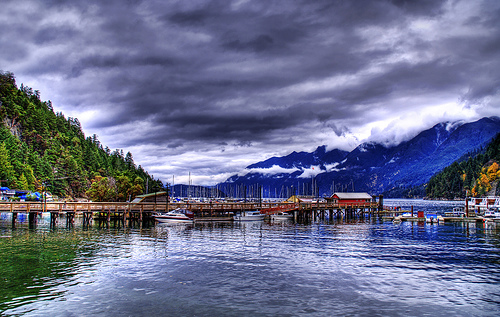The Post Natural Wilderness & Its Writers
Parole chiave:
natureAbstract
Many nature writers over the past half century have conveyed the news that nature is dead; the titles alone, from Silent Spring to The End of Nature inform us that the “old verities” (including belief in nature’s essential purity, stability, abundance, and ability to rejuvenate and heal) have given way to an era when the turn of the seasons and even the kind of weather we experience are no longer certain. Humans have entered an anthropogenic stage when all of nature appears to bear the mark of human activity. Salmon swimming to the remotest lakes in Northern British Columbia have contaminated those lakes with dioxins from their bodies; DDT sprayed in southern Asia to fight malaria ends up in the flesh of humans in the far north. Even stranger is the fact that new wildlife refuges have spontaneously arisen in the most contaminated and dangerous sites in the world: Chernobyl now has a flourishing animal population and the Korean DMZ is alive with animal and bird life. How do contemporary nature writers respond to this new Post Natural Wilderness? What does this landscape tell us about the natural world and our ability to live with it? Using the works of several contemporary writers who have investigated the Post Natural Wilderness, this paper examines the strategies used by contemporary writers to chronicle their encounters with this strange new landscape, along with the surprises and occasional bitter ironies that emerge from it.##submission.downloads##
Pubblicato
2007-11-06
Come citare
Raglon, R. (2007). The Post Natural Wilderness & Its Writers. Journal of Ecocriticism, 1(1), 60–66. Recuperato da https://ojs.unbc.ca/index.php/joe/article/view/28
Fascicolo
Sezione
Articles

